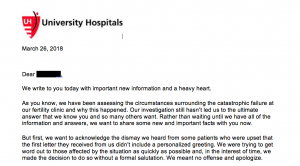By JENNIFER HUDAK
Zoo Miami visitors have been put on notice after six raccoons with rabies were found. The raccoons have since been euthanized in order to prevent the spread of the disease.
According to Communications Director Ron Magill in a statement to the Miami Herald, the zoo’s 3,000 animals on its 740 acres have all received rabies vaccinations and also have been checked since the initial discovery of a rabid raccoon on May 15.
This scare comes after several alerts have been issued throughout Miami-Dade County regarding other raccoons found with rabies.
Rabies alerts are issued when the disease is discovered. If no additional cases are found within the 60 days following the initial alert, the alert is cleared. The state health department extended its warning another 60 days with the most recent finding on Sept. 8.
In early July, the first alert was issued throughout many parts of south-west Miami-Dade. Officials thought the situation was under control until another raccoon tested positive for rabies in early August.
The affected areas were within the boundaries of SW 152nd Street to the north; SW 187th Street to the south; SW 117th Avenue to the east; and SW 137th Avenue to the west.
This warning has now extended to the Zoo Miami property and its’ surrounding neighborhoods.
Miami-Dade Animal Services continues to monitor the situation closely.

